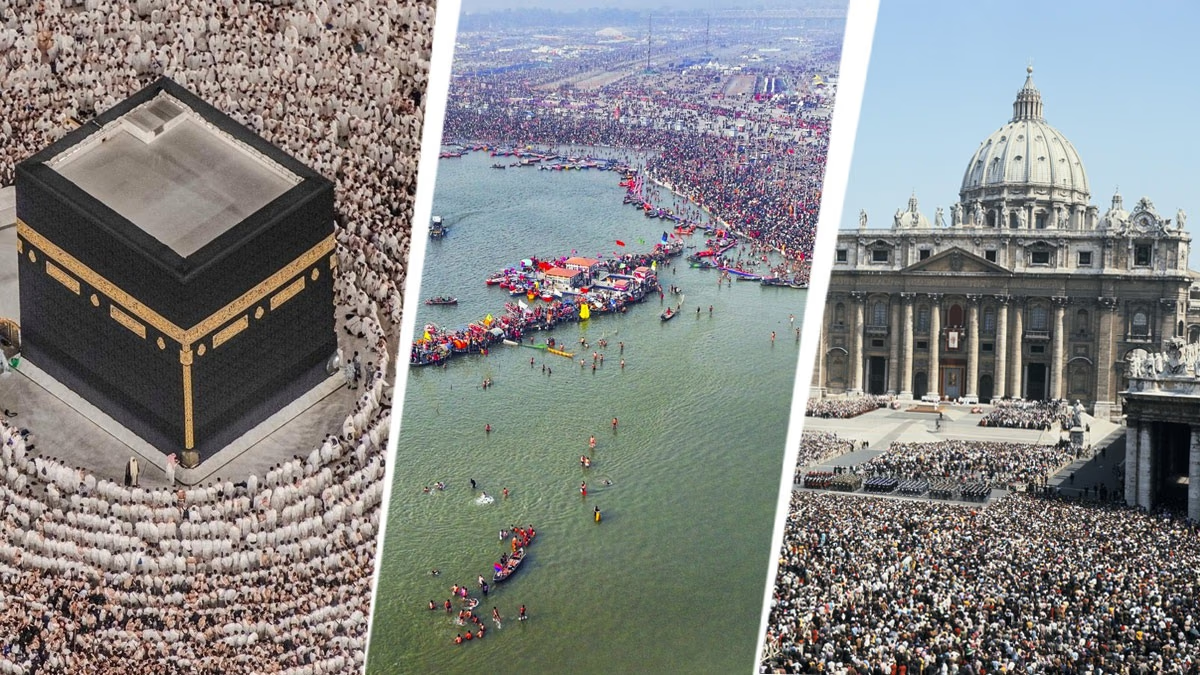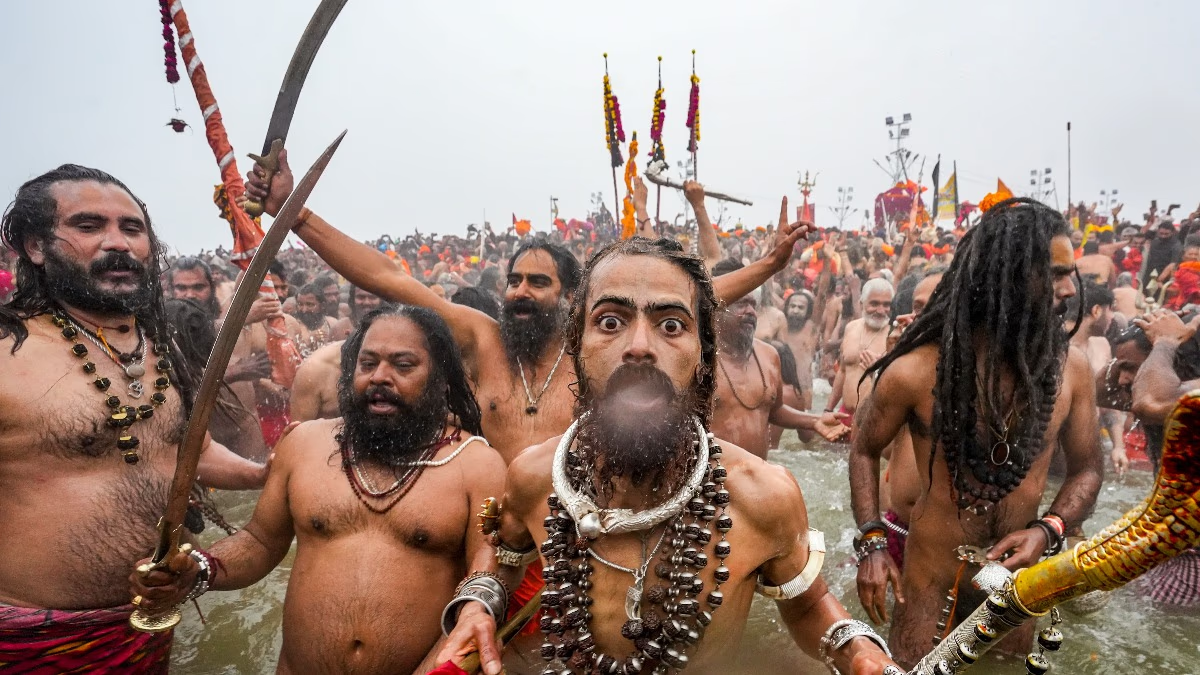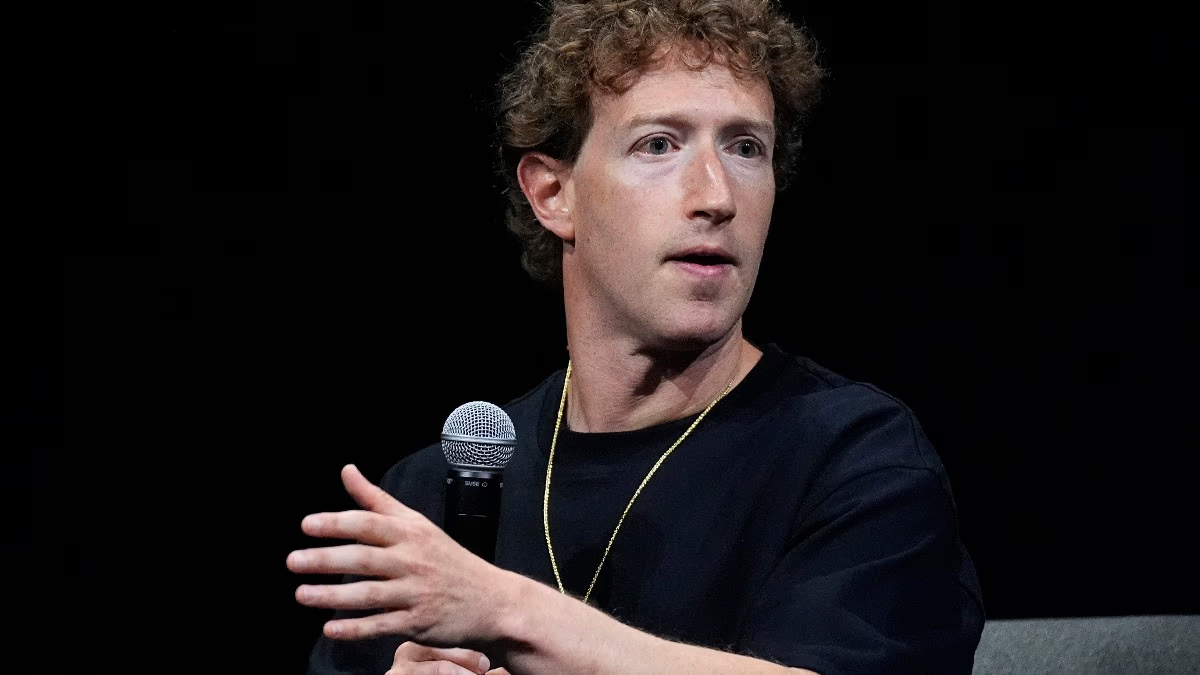The threads of faith and spirituality have drawn humans towards them for centuries, weaving them into a grand unity of purpose and belief. It's no wonder that throngs of people gather instinctively at every corner of the world to partake in these profoundly spiritual activities.
In every corner of the earth, people gather at specific times and places in adherence to their faiths. In Hinduism, the tradition of Kumbh spans back over 2,500 years, Muslims have embarked on the Hajj pilgrimage for approximately 1,400 years, and Christians have celebrated Easter Sunday for 1,700 years. The Vatican Mass has been a continuous event spanning many years.
The question arises: what constitutes a 'mass gathering'? According to the World Health Organization (WHO), a mass gathering is defined as an event attended by a sufficient number of people to strain the planning and response resources of the community or country hosting it. While fewer than 1,000 attendees might not constitute a mass gathering, documented gatherings of over 25,000 are considered major events.
The Grand Kumbh Mela
While mentioned in the Vedas, the precise origins of this vast religious gathering aren’t clearly defined. Today, it is considered the largest spiritual congregation on Earth.
Held once every 12 years, the Kumbh Mela rotates among four holy cities—Prayagraj, Haridwar, Ujjain, and Nashik in India. Devotees believe that bathing at the confluence of the Ganges, Yamuna, and the mythical Saraswati during auspicious dates liberates one from the cycle of birth and death.
Sadhus and saints from various Akhadas participating in ritual baths are a highlight of the Kumbh Mela. There are currently 13 Akhadas, categorized into Shaiv, Vaishnav, and Udasin, whose unique lifestyles and customs ignite immense curiosity among devotees.
Government Preparations for the Grand Kumbh
The Uttar Pradesh government, led by the Yogi administration, is responsible for the organization's meticulous preparation for a successful Kumbh Mela. This edition spans over 4,000 hectares in Prayagraj and is divided into 25 sectors, officially declared as the state's 76th district for the event.
Authorities have established 41 ghats along the sangam bank, including 10 permanent ghats and 31 temporary ones, with the sangam ghat being the most critical.
Statistics of the Grand Kumbh
This year, approximately 450 million devotees are expected to attend, drawing tourists from every corner of the globe.
The first royal bath of the Kumbh 2025 is anticipated on Makar Sankranti, January 14th, with 13.8 million pilgrims already having bathed by 10 AM that day.
The Indian Railways has introduced 3,000 special trains, accounting for over 13,000 trips to facilitate the pilgrimage. Accommodations for 1 million people are arranged around the mela area with 2,000 camp tents available for booking, priced between 3,000 to 30,000 INR.
The mela features meticulous crowd management, utilizing AI cameras, drones, and anti-drone systems, with 15,000 civil police personnel deployed for security. Additionally, the entry points are monitored by 102 checkpoints across 7 main routes, protected by 113 drones watching over water routes near the confluence.
The Uttar Pradesh government projects that the Kumbh Mela will spark vast economic prospects within the state, allocating a 7,000 crore INR budget, with estimates forecasting a contribution of 25,000 crore INR and potential economic benefits exceeding 2 lakh crore INR.
Hajj
Among the five pillars of Islam, the Hajj is an annual sacred pilgrimage to Mecca in Saudi Arabia that Muslims worldwide undertake. It is a religious obligation for all Muslims who possess the financial means to perform it at least once in their lifetime.
The Hajj occurs in the 12th month of the Islamic calendar, Dhu al-Hijjah. The dates vary yearly as the Islamic calendar operates upon lunar cycles. Commencing in 628 AD, the Hajj is the cornerstone of Islam's inaugural pilgrimage.
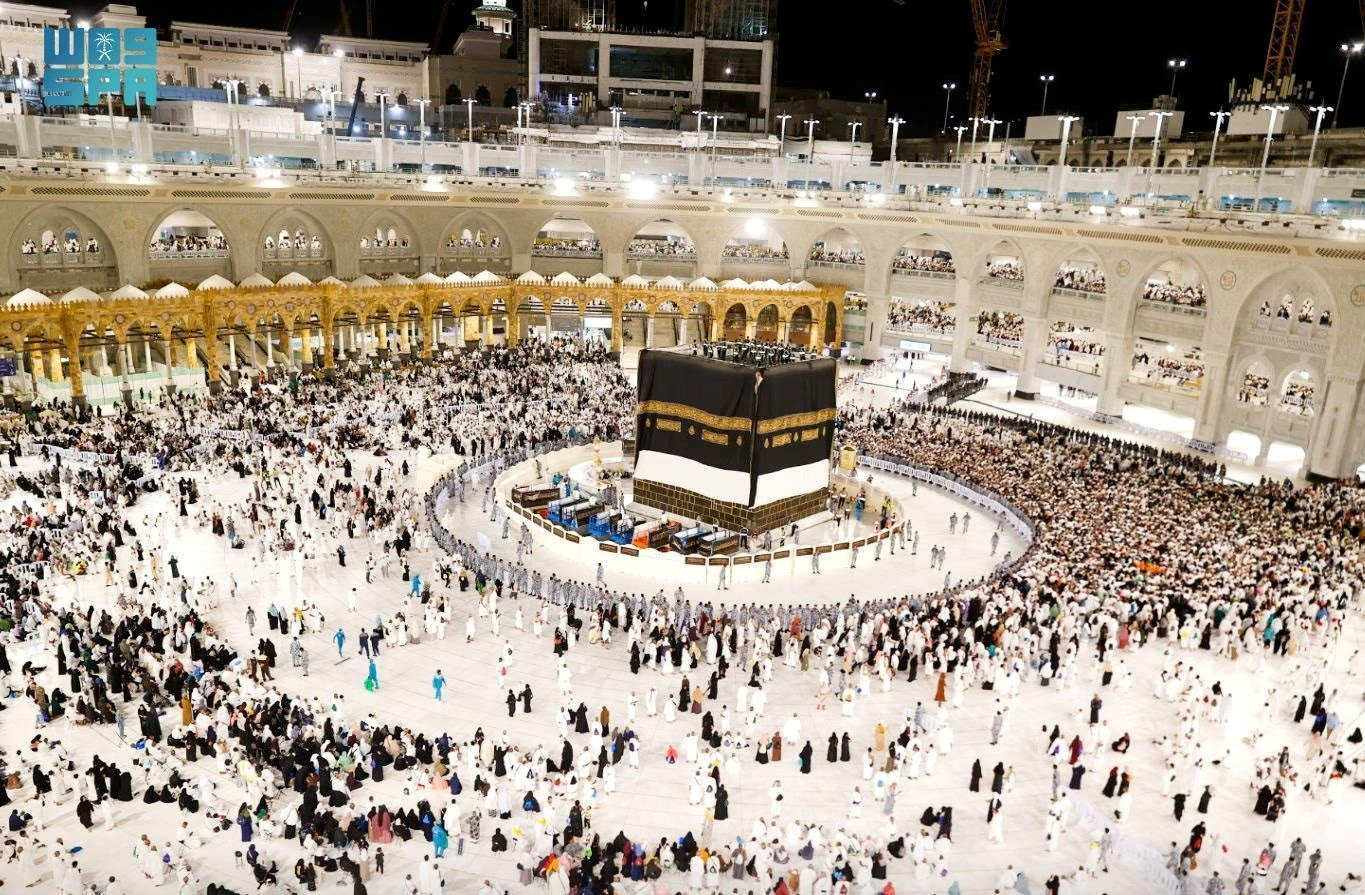
Source: aajtak
Each year, millions converge in Mecca, marking a significant increase from 4 million pilgrims in 2022 to 13 million in 2024.
Statistics denote that each year Saudi Arabia generates 12 billion USD in business through Hajj, with Le Monde Diplomatique estimating annual revenue figures between 10-15 billion USD from the Hajj, plus an additional 4-5 billion USD from Umrah participants.
The Saudi government is vigorously bolstering the infrastructure around Mecca as part of a strategic shift from its oil-dependent economy, aiming to attract 30 million Muslim pilgrims by 2030.
Significant infrastructural changes have transformed Mecca into a marble-laden concrete landscape, with facilities including 100,000 hotel rooms and 70 restaurants alongside pilgrims' camping grounds.
Propelling its non-oil economy, Saudi Arabia is expanding airport capacities while offering religiously-inclusive hotel accommodations and tour packages.
Reporting by BBC places Indonesia with the largest annual Hajj quota, allowing 220,000 pilgrims, accounting for 14%. Following are Pakistan (11%), India (11%), and Bangladesh (8%), with other countries, including Nigeria, Iran, Turkey, and Egypt, participating significantly.
Vatican Mass
The Vatican serves as a pilgrimage epicenter for the Christian faithful worldwide, with St. Peter’s Basilica offering a magnificent locus of daily prayer experiences steeped in ancient traditions. The prayers, passionately delivered in Italian, do not incur a charge, though pre-booking is mandatory.
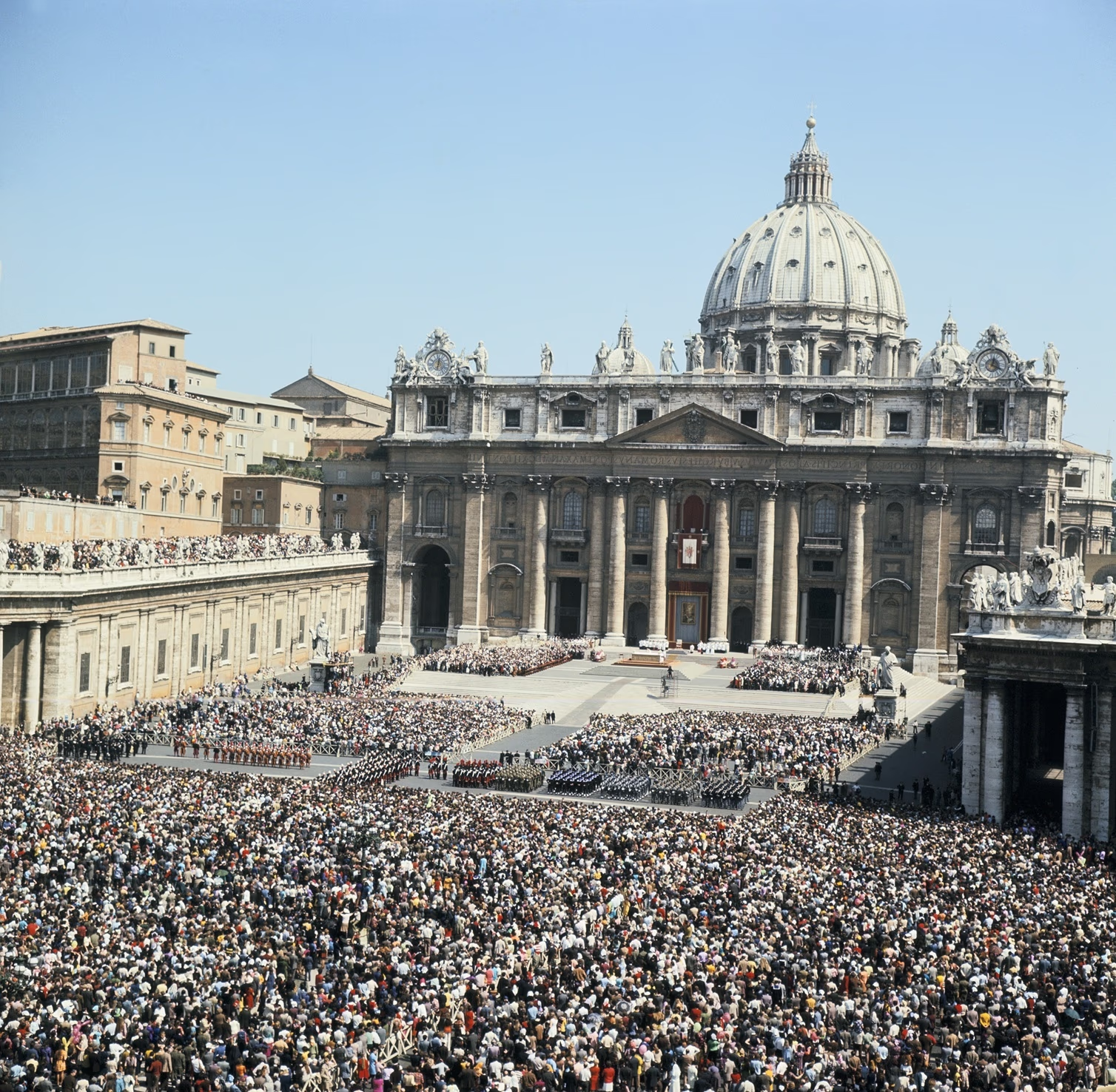
Source: aajtak
The Basilica hosts at least five sessions on weekdays, with heavier schedules on weekends, allowing numerous participation opportunities.
St. Peter’s Basilica:
The Papal Masses are mostly conducted here, accommodating over 15,000 participants beneath Michelangelo’s stunning dome. Attendees can access this spiritual grandeur through broad stairways and wheelchairs.
St. Peter’s Square:
Larger gatherings spill over into St. Peter’s Square, hosting up to 80,000 guests for major events, with vast throngs gathering every Christmas (December 25) for a celebrated prayerful assembly.
While a small sovereign entity, Vatican City’s financial dealings remain shrouded in secrecy, with Vatican Bank playing a controversial yet vital role within its economy, aiding religious pursuits established in 1942 by Pope Pius XII.
Christian pilgrims contribute significantly through donations termed 'Peter’s Pence,' forming a substantial chunk of Vatican and Roman Church revenue, with nearly 5 million pilgrims visiting annually, pre-pandemic numbers striking 7 million.
Easter Sunday
Jerusalem, revered as a significant site in Christianity, becomes a bustling hub of devotion during Easter as Christians worldwide commemorate Christ’s resurrection. During Easter, believers walk the path trodden by Jesus Christ, following traditions established around 325 AD.
Uniting global Christian sects, including Orthodox, Catholic, and Protestant, Jerusalem hosts an annual event with pivotal commemorations, with festivities set for April 20 this year.
Despite the city’s contention between Israel and Palestine, diminishing physical participation occurred in recent years, with 2024 permitting only 4,200 attendees.
